CDP vs. CRM: Understand How The Differences Are Crucial
The modern business world is dominated by technology for almost everything and everywhere possible and feasible. While technology has revolutionized the business world, it has brought its own set of challenges too.
Entrepreneurs and business’ decision-makers are often left facing the problem of overchoice. Nowhere is this problem more evident than when it comes to choosing the right business software. The options are just too many and too varying.
Adding to the difficulty is the fact that many functionalities of different types of software overlap, which could lead to choice paralysis.
Managing your customers is a vital function of any business, and when it comes to choosing software for the same, decision-makers often get confused between CDP and CRM. Both types help you manage different aspects of your customers.
Let us get to know each one properly, so you’ll know which one you need.
Customer Relationship Management Software
CRM software helps businesses manage relations with their customers. At the center of the operations is keeping track of all interactions a business has with its existing and potential customers.
A CRM software centralizes all the customer interactions and provides customer data to sales representatives that facilitate in providing a more personalized and rich customer experience.
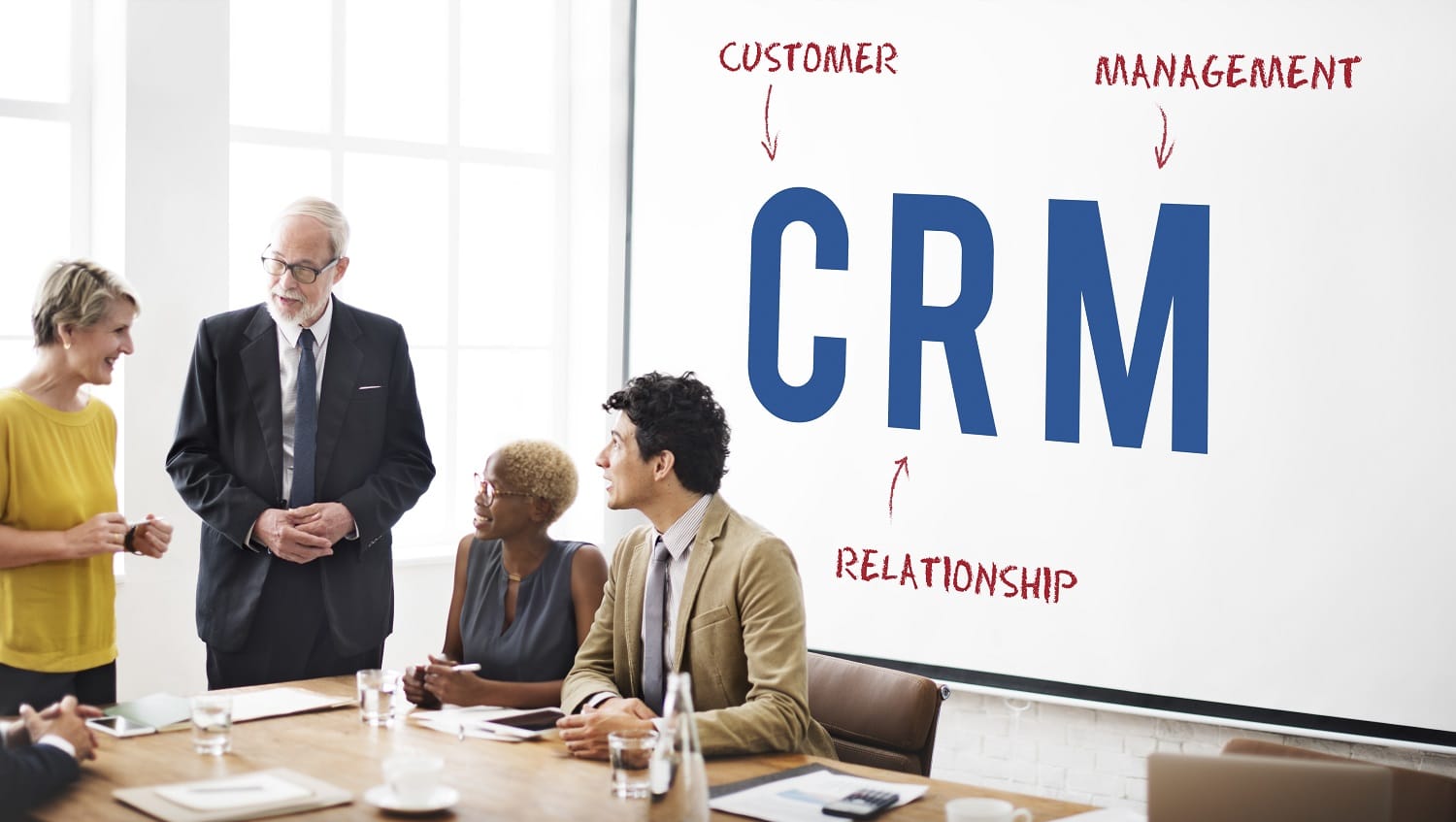
This software collects customer data pertaining to the customer’s preferences, interaction history, previous purchases, inquiries, demo requests, etc.
All this data is stored and analyzed to provide the salespeople with information that enables them to better service existing and potential customers with the objective of maximizing conversion and customer retention rate.
While initially a CRM software was mainly used by a business’s sales division, it is now widely utilized by entire organizations to make use of the collected customer data for various purposes like syncing marketing, production and sales functions.

Image Courtesy – Kellen Kautzman
The B2B Businesses especially benefit a lot from utilizing CRM software as it enables better management of the business’s sales pipeline. B2B business cycles are relatively long, and hence a CRM product comes in handy while interacting with a potential customer over a long period to ensure conversion.
So, you could say that a CRM is a customer-facing software solution that enables the sales team to sell more and retain existing customers.
Customer Database Platform
A CDP is a specialty software that is tasked with creating, updating, maintaining, and optimizing a unified customer database of a business’s customers that can be accessed and utilized by other MarTech systems.
A CDP will ingest data of customers’ transactional, interactional, and behavioral history from multiple sources and create a unified database using it. The entire database is optimized to reduce redundancies, errors, and conflicts to create customer profiles that provide detailed insights and have wide-ranging use cases.
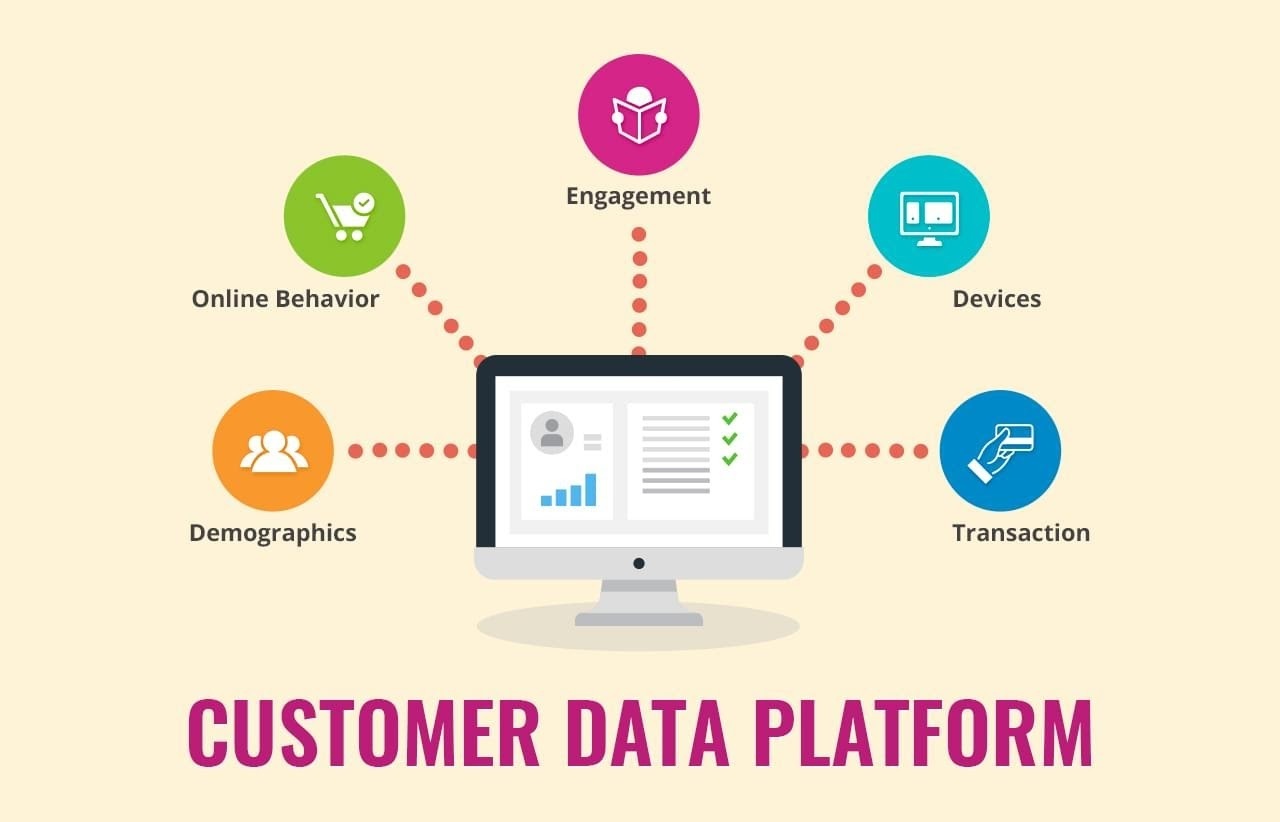
Image Courtesy – HGS Digital
Data and Data Analysis are powerful resources and tools vital for ensuring the success of any business in present times, and a CDP provides a consolidated and information-rich database to marketers and businesses to work with.
The main use case of this database created by a CDP is to understand the customer base properly. This facilitates the marketing function to offer products and services to customers that address their exact requirements and build fruitful relations with them.
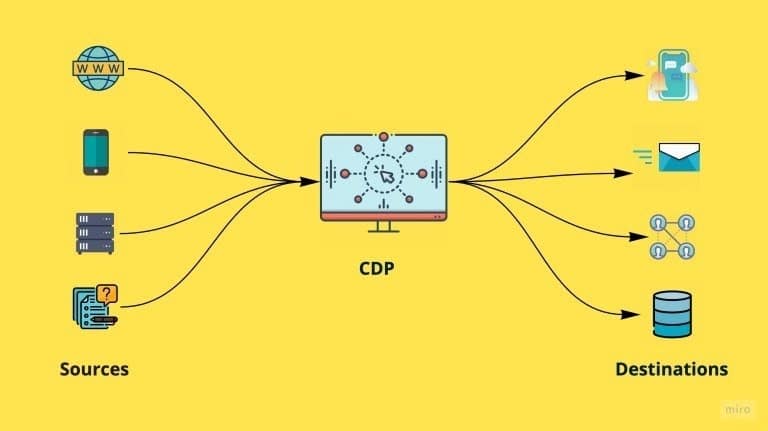
Image Courtesy – Data-led Academy
Machine learning, AI, and Automation make this entire process of database creation and its upkeep seamless, quick, and light on resources. Thus, deploying a CDP system is not only beneficial to businesses but also cost-effective.
B2B businesses can gain significantly with a CDP system as the sales cycles are longer and fewer compared to B2C space and carry significantly more value as B2B products and services are big-ticket investments.
So, CDP is a data-centric software that provides the business with a unified, clean, validated, and consolidated database for various applications and uses.
Now that we have covered the basics, we will highlight the differences now to make things further clear.
CRM vs. CDP: The Differences
The similarities between CDP and CRM end at both collecting data and being associated with customers. The differences are as follows:
Data and Data Sources
CRM will only collect information regarding the interactions a business has had with its leads and customers. Thus, the data is in the form of direct communication collected from various sources such as emails, chats, calls, text messages, etc.
CRM data is stored in a relatively crude manner and, in some cases, maybe stored for a temporary time period to facilitate the sales process. CRM data can suffer from double entries and duplications as information about interactions using different channels is considered and recorded separately.
CDP collects all forms of data about the customer, including transactional, interactional, and behavioral data. This data is collected from various sources such as website analytics, inputs from various marketing channels, customer feedback, and even inputs from the CRM system as well.
CDP data is stored as a database that is properly compiled and consolidated. The database is optimized to ensure every customer profile is unified and has all the required information available, validated, and updated for changes.
Function
A CRM gathers all the information collected about interactions the customers are having with the brand and centralizes all of it so it can be monitored and accessed by anyone who may need it while engaging with a customer in the sales or retention function.
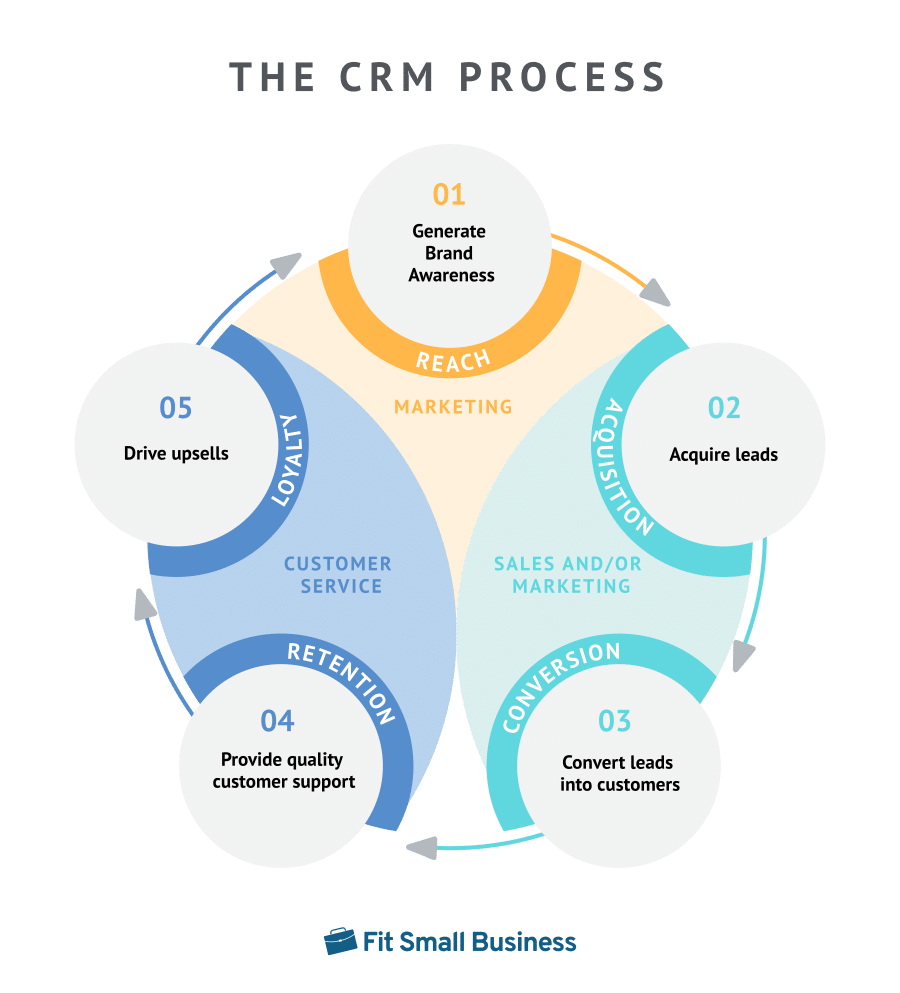
Image Courtesy – Fit Small Business
When presented to a sales executive, this data enables them to provide the potential customer with a better experience and personalization while interacting with the brand, which raises the chances of converting and retaining the customer over a long period.
A CDP gathers all types of available information about existing and potential customers through various channels and creates a database out of the data collected.
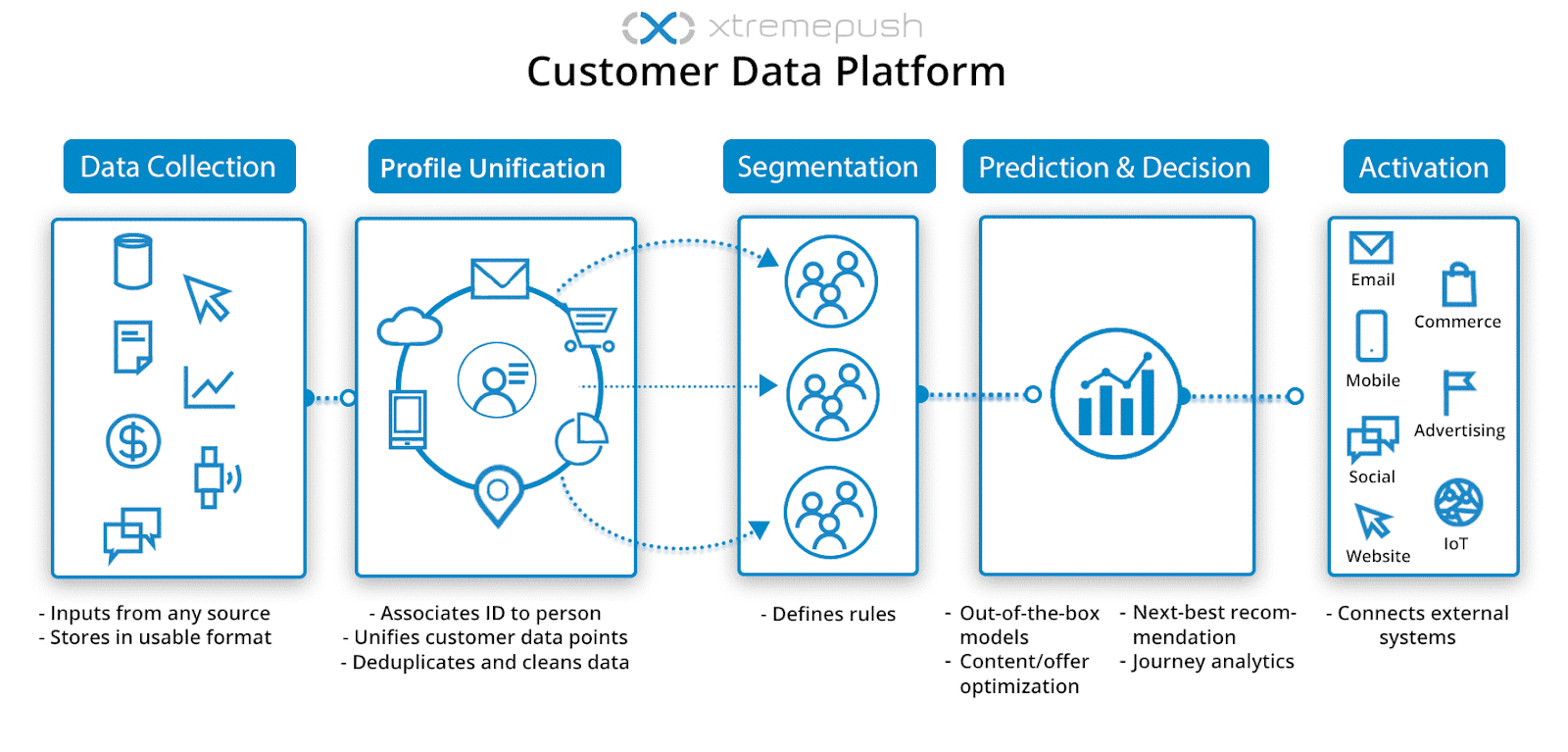
Image Courtesy – Xtremepush
It then refines the data, matches profiles, reduces redundancies, resolves data conflicts, validates all gathered information in the database, and updates it in real-time with new incoming data.
This creates an information-rich and up-to-date database that can be used for various data analytics-related applications in various business functions to aid decision-making.
Application
A CRM is meant to facilitate sales executives in the sales process and in terms improve the performance of the sales function as a whole.
Having knowledge about a customer’s previous interactions with the business enables a better understanding among them and the business, which can be used to provide them with a personalized approach and solutions tailored exactly to meet their requirements.
CDP is not just limited to database creation and maintenance; the majority of the modern CDPs come equipped with tools that allow you to analyze the data, model the data, run further processing to understand trends and projections.
Moreover, the database created can be utilized by other marketing and business software as a base as the database is all-encompassing, accurate, and up-to-date.
Scope
For CRM, the scope is limited to that sales function as that is what it primarily aids. The scope is even narrower, considering that CRM facilitates managing customers on an individual level and cannot be used as a blanket performance solution for the entire sales function at once.
However, CRM does facilitate better planning by enabling revenue and sales forecasts.
For CDP, the scope is wider as the types of data collected and consolidated are both qualitative and quantitative. These can be analyzed further to get a better understanding of the overall customer base and, by extension, the entire market segment the business operates within.
The database created can further be used for numerous purposes in different business functions, further widening the scope of CDP.
Who is a CRM for?
CRM has been specifically designed to aid the sales function, and if you have a sales team or a sales process, you should opt for a CRM.
A CRM will allow for better overall control over all the interactions your business has with every customer and lead. This control and insight can be useful in controlling the flow of leads through your sales funnel and in maintaining a high-quality and positive customer experience.
You can not only speed up the sales velocity by shortening sales cycles but also boost your conversion rate by way of personalization. You can further raise customer retention rates by providing a good customer experience.
Who is CDP meant for?
CDP has a wider scope and most benefits the Marketing function, so if you’re a marketer looking to better understand the customers with an objective of providing them with better, improved offerings, a good marketing experience, and maintaining a high level of customer satisfaction, then you should opt for a CDP.
A unified database about all your customers provides a lot of insight into what is actually driving sales. The marketers will understand which advertisements are working, which channels have better yields, etc. Engineers will understand which product features are valued, which are not, and what areas need improvements.
The management can utilize the database to forecast sales, understand customer acquisition costs, R&D requirements, etc. The unified customer database at the core of a CDP system can be used for multiple business purposes that are data-driven and can aid the decision-making function of any business.
Conclusion
CDP and CRM are only slightly similar while being mutually exclusive in terms of function, application, and scope. CRM software was specifically made to aid and assist the sales function, and hence their scope is limited to therein.
CDPs were primarily made to create a unified customer database which was to be used to understand the customer base and how they behaved, and what caused that.
The database could be further utilized by other MarTech Software solutions for data analysis and other processes, further widening the scope of CDPs.
Both CDP and CRM aid businesses to better their component functions, improve performance and make better decisions that benefit a business in the long term. Depending upon your specific requirements, you can opt for either one.
Sell more, understand your customers’ journey for free!
Sales and Marketing teams spend millions of dollars to bring visitors to your website. But do you track your customer’s journey? Do you know who buys and why?
Around 8% of your website traffic will sign up on your lead forms. What happens to the other 92% of your traffic? Can you identify your visiting accounts? Can you engage and retarget your qualified visitors even if they are not identified?



